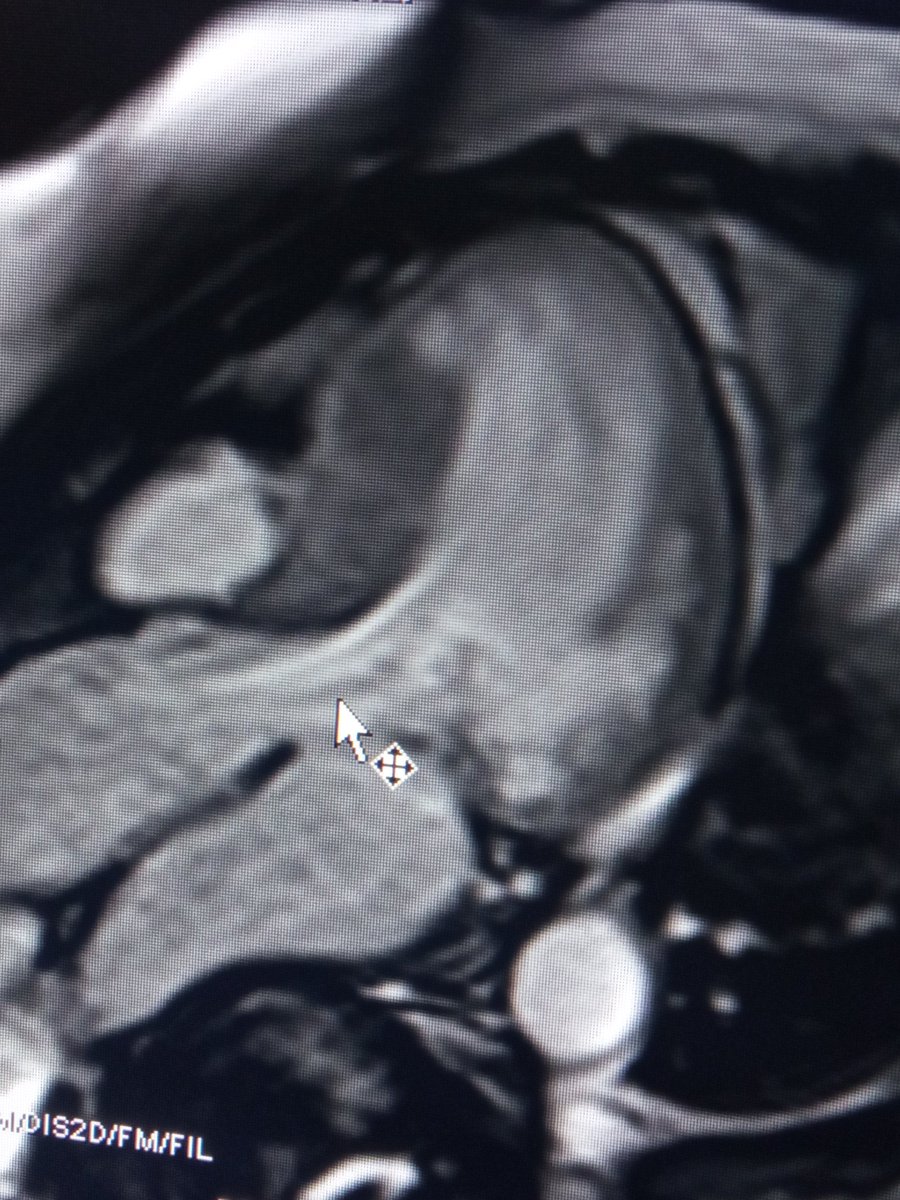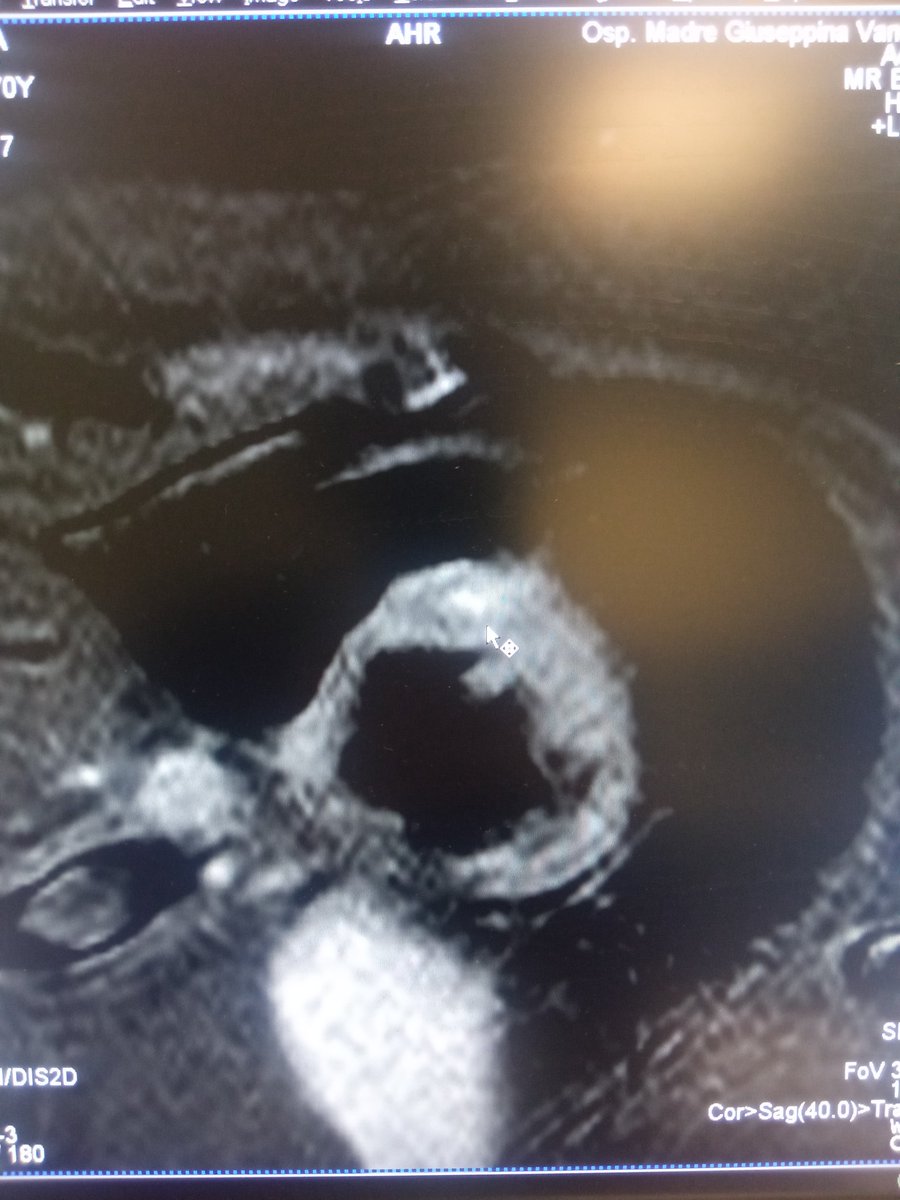
😊 first-authorship on @JACCjournals❗️ @beamusumeci1 jacc.org/doi/abs/10.101… - Thankful to @FraSantoroMD, Prof. ND Brunetti, @IngoEitel @t_stiermaier and @ibnsky for this collaboration and for setting up the #GEIST registry on its very beginning - few considerations below 🧵
1/8 Males represent approx. 10% of #Takotsubo patients within the registry. As comapred with females, they have ⬆️comorbid burden (malignancies, COPD etc.), ⬆️physical trigger ⬇️LVEF, worse in-hospital and long-term outcome.
2/8 These results were expected, when looking at smaller previously published studies, but why is that? Is the #takotsubo attack itself worse in men or do they just suffer because of the vulnerable comorbid background?
3/8 To answer this question, we compared male patients with a propensity score matched group of female #takotsubo with similar distribution of age, kind of trigger, underlying comorbidities.
4/8 Despite matching, we found that male patients still suffered higher in-hospital mortality, albeit having similar long-term prognosis as compared with females
5/8 Trying to make some hypothesis: male patients are less prone to develop #takotsubo➡️when this happen, ⬆️adrenergic drive is likely at play, leading to ⬇️LVEF and ⬆️cardiogenic shock/in-hospital mortality
6/8 After the acute phase, LVEF substantially recovers. For the survivors, mortality is then mainly driven by underlying comorbid conditions, and so, males and matched comorbid females with #takotsubo have the same long-term outcome
7/8 In summary, male #takotsubo is a high-risk phenotype requiring close in-hospital monitoring and long-term follow-up. ❗️Different pathophysiologic mechanisms are likely involved❗️
[some acknowledgments follow]
[some acknowledgments follow]
8/8 Back in 2013, I owe a special thank to @MC_Carro @fedesacchetti89 @f_crimi @waltermazzucco @corzunino - #concorsonazionale
@threadreaderapp please unroll
• • •
Missing some Tweet in this thread? You can try to
force a refresh






